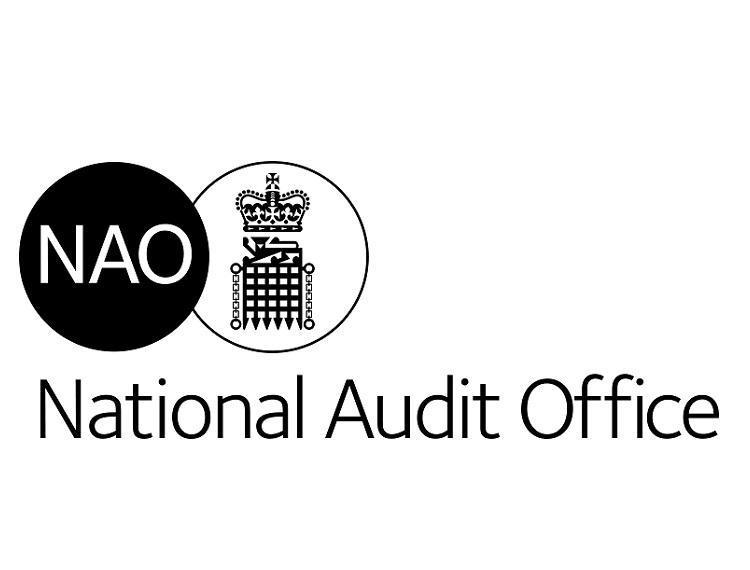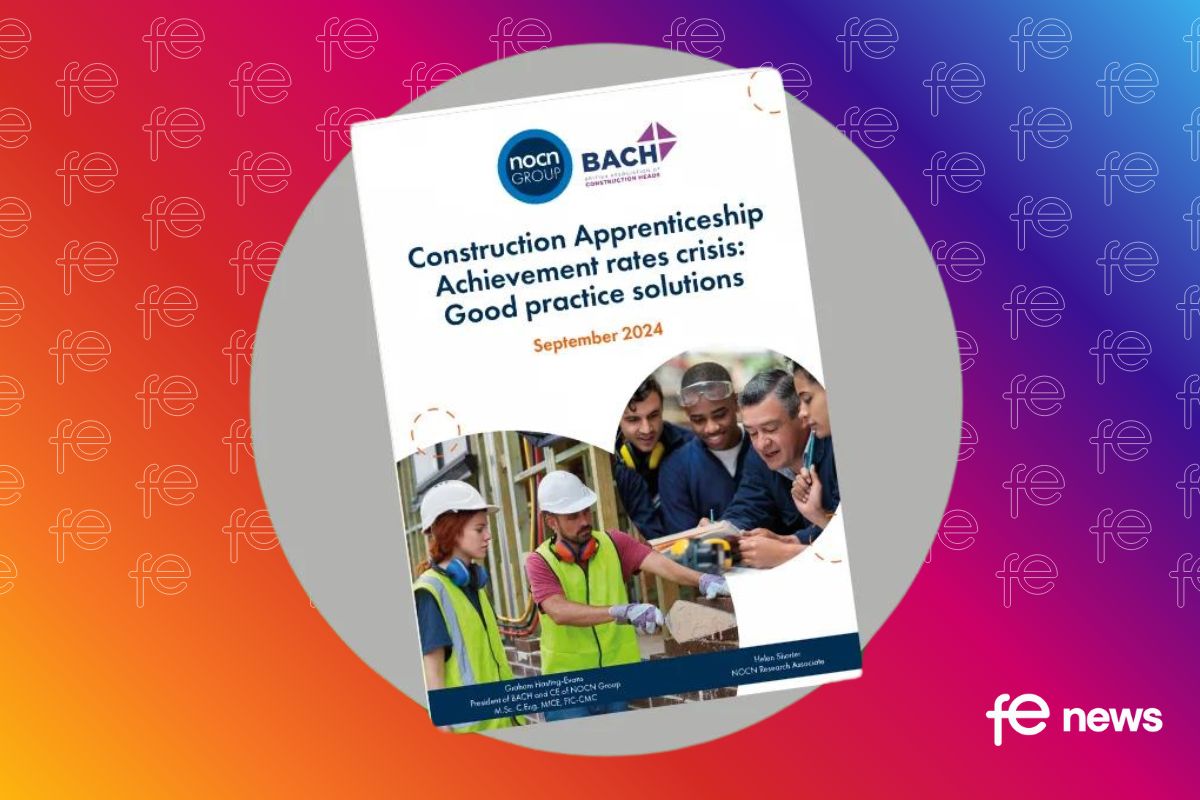Delivering value through the apprenticeships programme

The Department for Education has not set out how it will use the increase in apprenticeship numbers to deliver improvement in productivity, and how it will influence the mix of apprenticeships in order to deliver the most value, according to the National Audit Office. Click here to download the full NAO ‘Delivering value through the apprenticeship programme’ report.
The Department has also not defined what ‘success’ will look like in the reformed programme. Research shows that different apprenticeships offer significantly different benefits, but the Department is not clear about how it plans to use this evidence to maximise the value derived from the mix of apprenticeships undertaken.
In England, an apprenticeship is a full-time paid job, available to those aged 16 or over. It incorporates on-and off-the-job training and leads to a nationally recognised certificate. Annual public funding of apprenticeships has grown over time. In 2010-11, it amounted to just under £1.2 billion, but by 2015-16 the figure had risen to around £1.5 billion. Since 2013, there has been a process to develop new, employer-led, apprenticeship ‘standards’, which will eventually replace the previous frameworks.
Today’s report finds that many of the employers and training providers involved in designing and delivering apprenticeships support the principles behind the new standards, but more work is needed to raise awareness of them. In practice, the process of introducing the new standards has been resource-intensive and has taken longer than the Department envisaged. Employers involved in developing the new standards have expressed concern about the time they have to invest at their own expense. As at April 2016, only around 2,600 people had started an apprenticeship under the new standards.
Furthermore, some employers and industry representative groups are concerned that the approach is leading to a large number of narrow and overlapping standards, which may restrict the extent to which apprentices gain transferable skills.
Employers report high levels of satisfaction with the training offered and benefits experienced, but surveys of apprentices provide a less clear view on quality of delivery. One in five apprentices reported that they had not received any formal training at all, either at an external provider or in the workplace. Ofsted reports suggest that, overall, around a fifth of training providers need to improve the quality of their training and the results they achieve.
The Department is managing individual risks associated with the delivery of components of the current change programme in an appropriate way. It is also developing a more effective approach to managing cross-cutting risks to the programme’s success, but further progress is necessary.
While the Department might reasonably expect the vast majority of employers, training providers and assessment bodies to act properly in response to reforms, a small minority may not behave as expected. The NAO finds that the Department has not yet established what information it will need to monitor key behavioural risks and spot signals that these risks may be maturing.
Among the NAO’s recommendations is that the Department should set out the planned overall impact on productivity and growth, along with short-term key performance indicators to measure the programme’s success, and should develop more robust ways of managing behavioural risks.
Amyas Morse, head of the National Audit Office, said today:
“The Department for Education needs to chart and follow a course from having a lot of apprenticeships to having the right apprenticeships in order to help improve the UK’s productivity, and achieve value for money, in return for the costs of the programme.”
Key facts
|
|
2.4 million apprenticeships started between 2010/11 and 2014/15 |
£1.56 billion of public funding for apprenticeships in 2014-15 |
72% of apprentices achieved their apprenticeship in 2014/15 |
|
3 million |
target for the number of new apprenticeship starts between 2015 and 2020 |
|
62% |
proportion of apprenticeships that were started at Level 2 (the most basic level, equivalent to GCSEs) between 2010/11 and 2014/15 |
|
97 |
the number of training providers who failed to meet the minimum standard of 55% of apprentices achieving their apprenticeship in 2014/15 |
|
32% |
average wage ‘premium’ gained by successful Level 3 apprentices in the construction subject area, compared with those who fail their apprenticeship |
|
7% |
average wage ‘premium’ gained by successful Level 3 apprentices in the secretarial subject area, compared with those who fail their apprenticeship |
In July 2016, the Department for Education (DfE) assumed responsibility for apprenticeship policy. Previously, responsibility was shared between DfE and the then Department for Business, Innovation & Skills (which has since become the Department for Business, Energy & Industrial Strategy).
he National Audit Office scrutinises public spending for Parliament and is independent of government. The Comptroller and Auditor General (C&AG), Sir Amyas Morse KCB, is an Officer of the House of Commons and leads the NAO, which employs some 785 people. The C&AG certifies the accounts of all government departments and many other public sector bodies. He has statutory authority to examine and report to Parliament on whether departments and the bodies they fund have used their resources efficiently, effectively, and with economy. Our studies evaluate the value for money of public spending, nationally and locally. Our recommendations and reports on good practice help government improve public services, and our work led to audited savings of £1.21 billion in 2015.











Responses